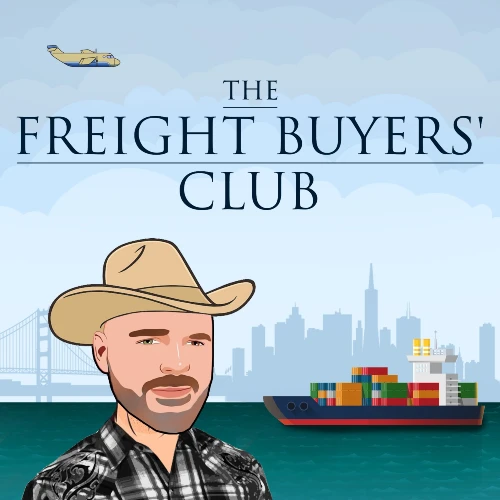Suez, Panama, geopolitics and union disputes: A shipper’s guide to risk in 2024

In this episode, host Mike King and guests examine the multiple challenges facing international trade in the early days of 2024 as supply chain disruptions mount and container shipping freight rates soar.
The prime cause of these disruptions is attacks on container shipping services by Houthi rebels based in Yemen. These are prompting carriers to divert vessels away from Bab-el-Mandeb, the strait which acts as the gateway to the Red Sea and the Suez Canal, a key global artery for trade.
Instead, ships are now steaming to Europe and the US via the Cape of Good Hope, adding weeks on to journey times, and threatening to soak up the liner industry’s excess capacity.
Already container shipping rates are spiralling, even on trades such as the trans-Atlantic and Asia-US West Coast where services are, in theory at least, not being directly affected.
Economic headwinds, geopolitical turmoil, low water on the Panama Canal, and the threat of union action at US east coast and Gulf coast ports are also casting a chaotic shadow over shipper supply chains in early 2024.As Mike and guests discuss, all of these factors are driving up risk levels for shippers, changing the focus of supply chain procurement professionals from cutting costs to mitigating disruption.
Guests
Mark Szakonyi, Executive Editor, Journal of Commerce
Jon Gold, VP for Supply Chain and Customs Policy, National Retail Federation
Episode in more detail:
JOC’s take on the new Suez crisis (2.21)
Freight rates surge contagion (3.39)
The implications of vessel diversion (7.08)
Mitigation strategies for retailers (11.41)
Panama Canal water shortage (13.26)
Are shippers 2024’s biggest losers? (15.13)
China+1 & low-cost vs supply chain resilience (17.35)
Geopolitical risks in 2024 (23.09)
Value chains and democracy vs autocracy (24.44)
The future of globalisation (28.12)
The US elections (30.06)
US east coast dockworker strike threat (34.44)
Retailers shift cargo to West Coast (38.14)



